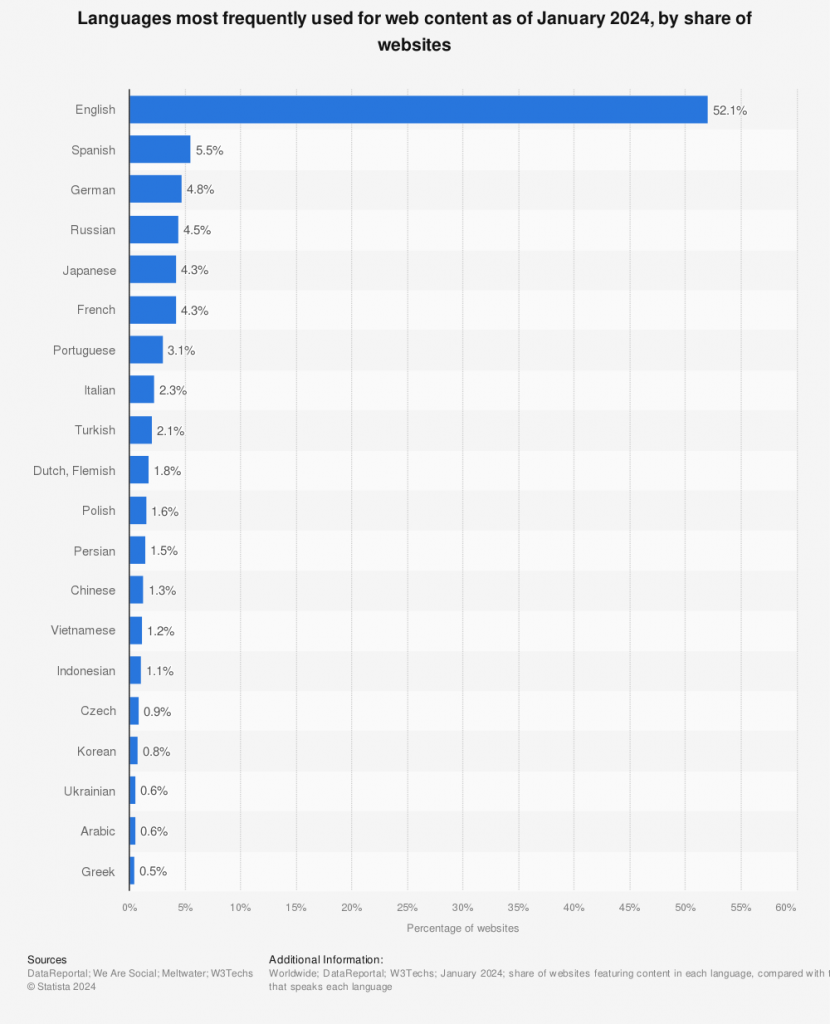How To Choose The Right Languages For Your Localization Process

Without localization, your digital product won’t succeed in the global market.
But with so many languages spoken around the world, how do you choose the right ones for your localization efforts? How to make sure your choices will bring the desired return on investment?
There are many strategies you can follow, but no matter which path you take, you’ll need these ingredients to your success recipe:
1. Conduct thorough market research
Start by identifying where your potential users are. Analyze your website’s traffic data and app store reviews to determine geographical regions showing interest in your product. Understanding where your audience comes from not only highlights promising markets but also indicates which languages you should prioritize. Remember, however, that localization is much more than changing your product’s UI to another language. It’s about connecting with your users in a way that feels natural and respectful of their cultural context.
2. Don’t rely on statistics only
While popular languages like English, Chinese, and Spanish cover large groups of the global population, they might not be the best choice for every localization project. Sometimes, smaller or less commonly supported languages can offer new opportunities. For example, supporting Polish or Dutch might not seem lucrative based on sheer data, but these markets often have high purchasing power and are willing to adapt innovative products and technologies.

3. Listen to your users
The most straightforward feedback often comes directly from your users. Are they asking for support in specific languages? Is there feedback suggesting that a lack of language options is limiting your product’s adoption? User requests provide valuable insights that can drive your localization strategy. If customers are struggling to understand your content, they won’t remain loyal to your brand.
4. Analyze your competition
Conduct a competitive analysis. Find out what languages your direct competitors support. A competitive analysis can reveal gaps in the market that you can exploit. For example, if your competitors don’t offer certain languages, introducing these options could give you a significant competitive edge. Study your rivals’ products and supported languages to ensure your localization choices meet and exceed the market norms.
Final thoughts
Choosing the right languages for localization involves a delicate balance of strategic thinking, market research, user feedback, and competitive analysis. By carefully evaluating these factors, you can effectively broaden your global reach and ensure that your localized products resonate with your target audiences.
With the right approach, your localized websites, mobile apps, or software can attract more users, increase engagement, and drive significant growth.
Are you ready to infuse your content with a cultural touch? As localization experts, we can guide you on this exciting journey.
About the author: Dorota Pawlak
Dorota Pawlak is a localization consultant for digital and Web 3.0 brands. She enjoys helping businesses enter new markets and is passionate about cultures, languages, and technology.
Share with friends